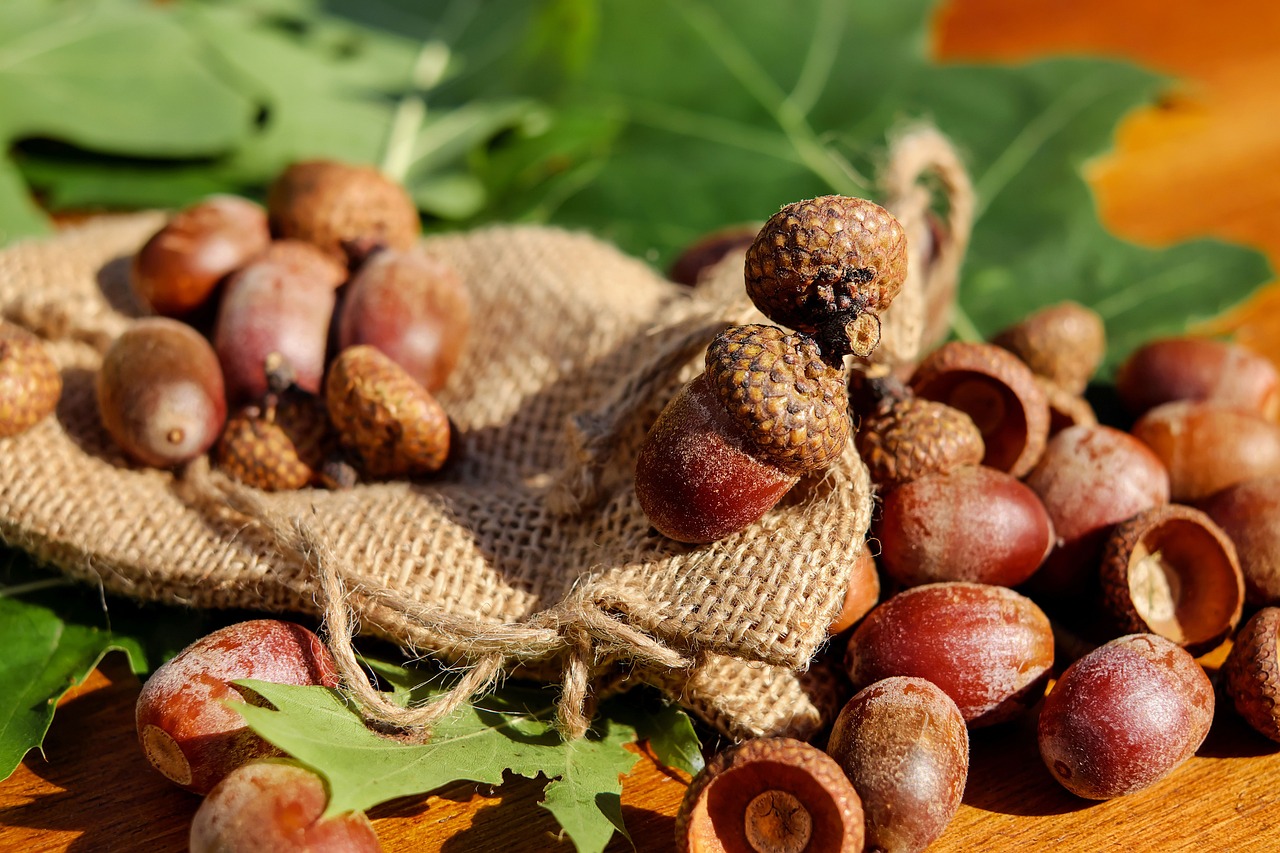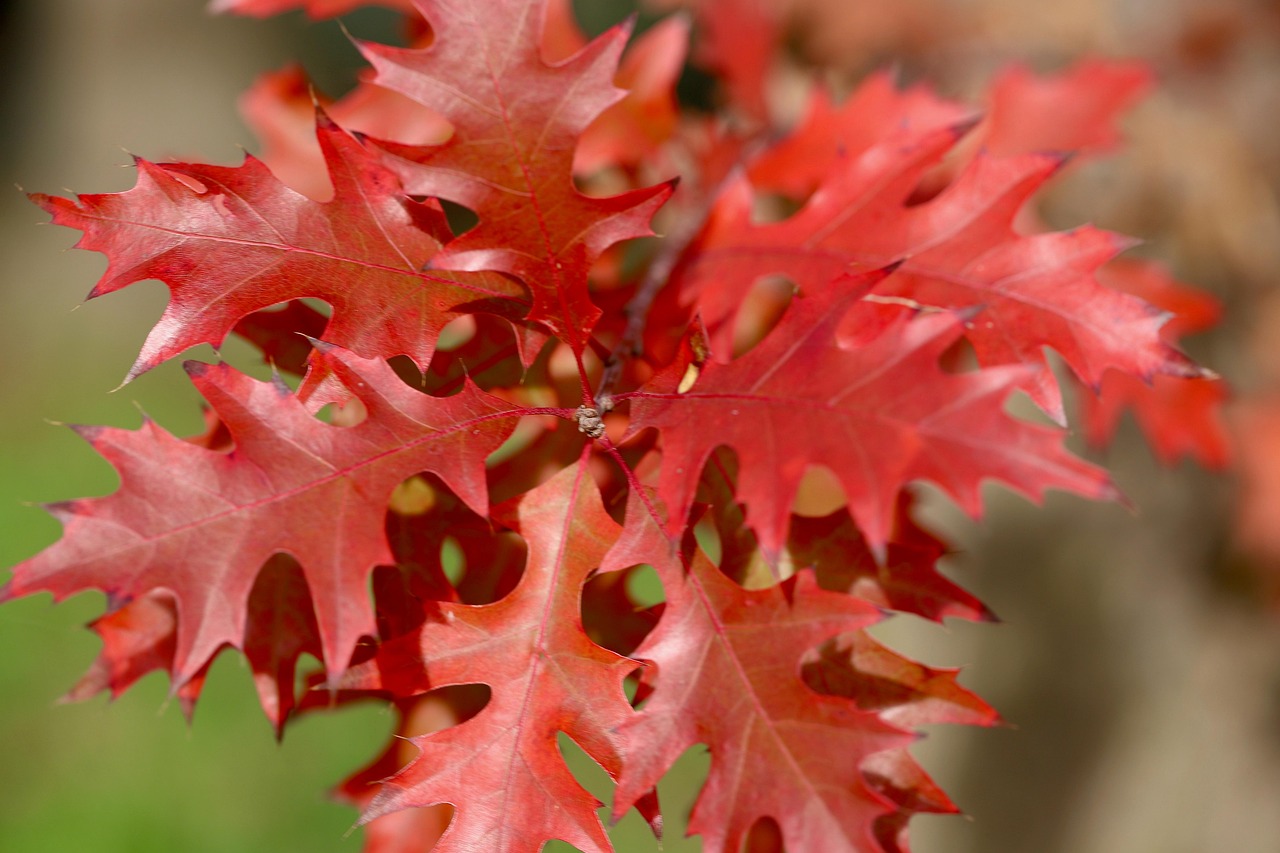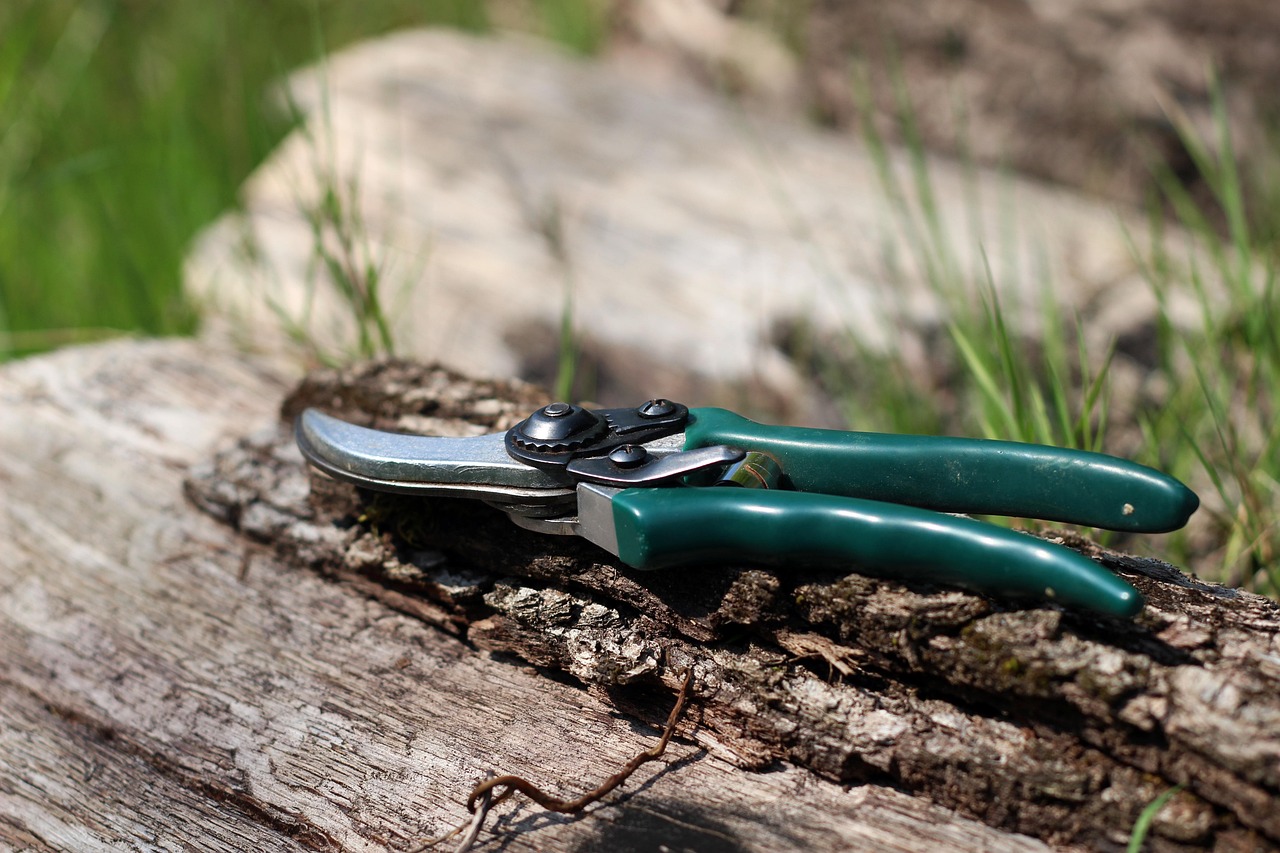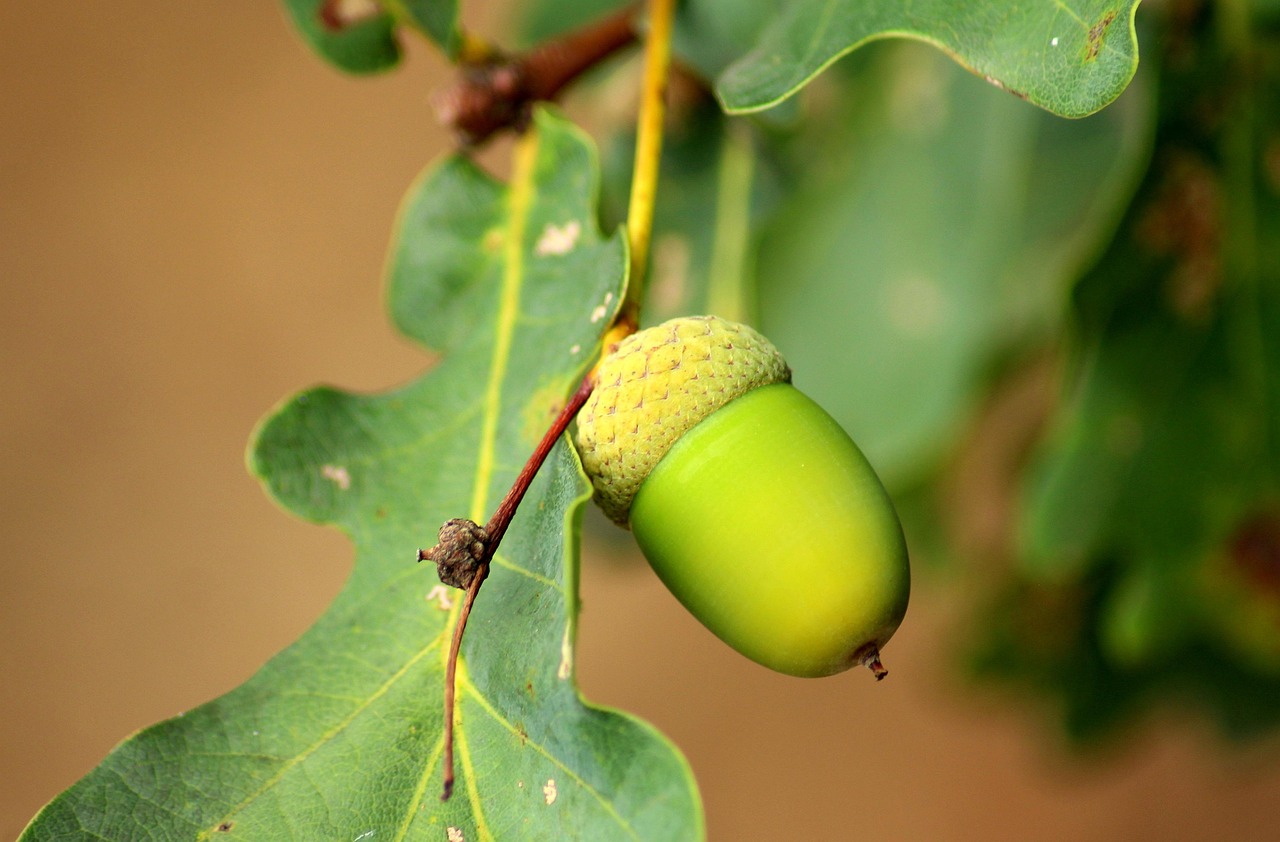Pruning red oak trees effectively enhances timber value by promoting healthy growth and improving wood quality. Focus on removing dead, damaged, or crossing branches to reduce disease risk and encourage a straight trunk. Additionally, prune during dormancy in late winter to minimize stress. Regular maintenance and selective thinning can optimize sunlight penetration and air circulation, further boosting timber quality.
Pruning red oak trees effectively enhances their timber value by promoting healthy growth, improving structure, and preventing disease. Proper techniques and timing can significantly increase the quality and quantity of timber produced.
Red oak trees (Quercus rubra) are among the most valuable hardwood tree species in North America. They are highly sought after for their strong, durable wood and stunning appearance. These trees thrive in a variety of soil types and can reach impressive heights, making them a favored choice in both forestry and landscaping. However, to maximize their timber value, proper care and maintenance through pruning is essential.

Pruning involves selectively removing parts of the tree to improve its health and structure. For red oak trees, the goal is to enhance timber quality while maintaining a balanced form. When done correctly, pruning can lead to larger, straighter trunks, fewer knots, and improved overall wood quality. This article will explore the best practices for red oak tree pruning, focusing on techniques, timing, and the benefits of proper care.
Understanding Red Oak Trees
Before delving into pruning techniques, it is essential to understand the characteristics of red oak trees. These trees grow rapidly and can live for over 200 years. Their wood is known for its attractive grain and rich color, making it ideal for furniture, flooring, and cabinetry. Red oaks also play a crucial role in their ecosystems by providing habitat and food for various wildlife species.
| Characteristic | Description |
|---|---|
| Height | Typically 60 to 75 feet |
| Diameter | Up to 2 feet |
| Growth Rate | Fast-growing |
| Lifespan | 200 years or more |
| Wood Color | Light to medium brown with a reddish hue |
The red oak’s adaptability allows it to thrive in various environments, from dry upland forests to wet lowland areas. This versatility makes it a popular choice for reforestation and timber production. However, not all trees will yield high-quality timber without proper care. Pruning is a critical component in ensuring that red oaks develop into strong and valuable timber trees.

The Importance of Pruning
Pruning red oak trees serves several important purposes that contribute to maximizing timber value. First, it helps improve the overall health of the tree. By removing dead or diseased branches, the tree can redirect its energy toward healthy growth. This process reduces the risk of pests and diseases that can undermine the tree’s strength and value.
Second, pruning enhances structural integrity. Red oaks naturally tend to develop multiple leaders or branches that compete for dominance. This competition can lead to weak branch structures. Through careful pruning, a single dominant leader can be encouraged, resulting in a stronger tree with a more desirable shape for timber production.
Third, pruning allows for better light penetration and air circulation within the canopy. This promotes healthy leaf development and reduces the risk of fungal diseases caused by stagnant moisture. Enhanced light exposure leads to increased photosynthesis, resulting in faster growth rates and improved wood quality.

Best Pruning Practices for Red Oak Trees
To achieve maximum timber value from red oak trees, specific pruning practices should be followed:
- Timing: The best time to prune red oaks is during late winter to early spring while they are still dormant. This timing minimizes stress on the tree and reduces sap loss.
- Tools: Use clean, sharp tools such as pruners and saws to make clean cuts. This practice helps prevent disease transmission.
- Cutting Techniques: Make cuts at a slight angle just above a bud or branch collar. Avoid leaving stubs, as they can become entry points for pests.
- Limit Pruning: Do not remove more than 25% of the tree’s canopy at once. Excessive pruning can weaken the tree.
- Focus on Structure: Remove any crossed or rubbing branches first, followed by dead or diseased wood.
By adhering to these best practices, landowners and foresters can ensure that their red oak trees are well-maintained. This not only enhances the aesthetic appeal of the landscape but also increases the potential economic return from timber sales.
In addition to these practices, regular monitoring of tree health is vital. Observing for signs of pests or diseases can help catch issues early before they affect the overall quality of the timber. Implementing a comprehensive management plan that includes pruning as a key component will lead to sustainable timber production over many years.

Pruning Techniques for Red Oak Trees
When it comes to pruning red oak trees, various techniques can be employed to ensure that the tree develops optimally. Each technique has its purpose and can be applied depending on the specific condition of the tree and its environment. Understanding these techniques can help landowners and foresters make informed decisions about their pruning practices.
Crown Thinning
Crown thinning is the selective removal of branches throughout the tree’s canopy. This technique allows for better light penetration and air circulation, which is crucial for healthy growth. It is particularly beneficial for young trees that require more sunlight to develop strong stems and branches.
- Benefits of Crown Thinning:
- Improves overall tree health
- Reduces wind resistance, minimizing storm damage
- Encourages straight, upright growth
- Best Practices:
- Aim to remove 10% to 20% of the foliage annually.
- Focus on smaller branches to maintain the tree’s overall appearance.
Crown Reduction
Crown reduction involves shortening the outer branches of the tree to reduce its height or spread without altering its natural shape significantly. This technique is often used when trees become too large for their surroundings or to prevent interference with structures or power lines.
- When to Use Crown Reduction:
- When the tree poses a risk to surrounding structures.
- If the tree’s height needs to be controlled for safety reasons.
- Key Considerations:
- Make cuts at the branch collar to promote healing.
- Avoid excessive reduction; ideally, only reduce by one-third of the height or spread.
Training Young Trees
Training young red oak trees involves shaping them as they grow to encourage a strong form and structure. This practice is essential for ensuring long-term timber quality and can set the foundation for successful future growth.
- Methods of Training:
- Leader Selection: Choose a single, dominant leader early on. This will help develop a strong trunk.
- Branch Selection: Identify and maintain evenly spaced lateral branches to create balance.
- Regular Pruning: Conduct annual pruning during the dormant season to guide growth.
- Benefits of Training:
- Promotes a straight and strong trunk.
- Reduces future maintenance needs.
- Enhances overall timber value.
Pest and Disease Management in Pruning
Healthy red oak trees are less susceptible to pests and diseases. However, some issues may arise despite best efforts in care and maintenance. Understanding how to manage these threats is crucial during pruning operations.
Common Pests Affecting Red Oak Trees
Several pests can impact red oak trees, leading to reduced timber quality. Identifying these pests early can help prevent significant damage.
| Pest | Description | Management Strategies |
|---|---|---|
| Oak Wilt Beetle | A beetle that transmits oak wilt disease, leading to rapid tree decline. | Avoid wounding trees during growing season; apply fungicide as needed. |
| Red Oak Borer | A wood-boring insect that damages the inner wood, weakening the tree. | Monitor trees; remove infested wood promptly. |
| Leafcutter Ants | An ant species that cuts leaves for fungus farming, damaging tree foliage. | Use baited traps or insecticides judiciously. |
Disease Prevention Strategies
The health of red oak trees can also be compromised by diseases such as powdery mildew and root rot. Here are some strategies for prevention:
- Proper Pruning Techniques: As previously mentioned, clean cuts help reduce disease entry points.
- Avoid Overwatering: Ensure proper drainage around the base of the trees to prevent root rot.
- Fungicides: Apply fungicides according to local guidelines if diseases are detected early.
- Regular Inspections: Monitor trees frequently for signs of disease or infestation.
By implementing these pest and disease management strategies, landowners can further ensure the health and productivity of their red oak trees, ultimately supporting their timber value over time.
The Role of Post-Pruning Care
After pruning, it is important to provide appropriate care to support recovery and growth. Trees can experience stress due to pruning, so following up with good practices can enhance their resilience and timber quality.
- Watering: Ensure adequate moisture levels, especially during dry spells. Newly pruned trees may require additional water to recover from stress.
- Mulching: Apply mulch around the base of the tree to retain soil moisture and suppress weeds that compete for nutrients.
- Nutrient Management: Assess soil health and consider applying fertilizers if nutrient deficiencies are observed.
Through careful post-pruning care, trees will have a better chance of thriving and producing high-quality timber for years to come. Regular maintenance and attention will yield long-term benefits for both landowners and the ecosystem surrounding red oak trees.
Timing Your Pruning: Seasonal Considerations
The timing of pruning is crucial for the health and productivity of red oak trees. Different seasons present various opportunities and challenges for effective pruning. Understanding these seasonal dynamics can enhance the benefits derived from pruning efforts.
Winter Pruning
Winter is often considered the ideal time for pruning red oak trees. During this period, the trees are dormant, which minimizes stress and sap loss. Pruning in winter also allows for better visibility of the tree structure, making it easier to identify which branches need attention.
- Advantages of Winter Pruning:
- Reduced likelihood of disease transmission due to dormant state.
- Enhanced visibility for assessing branch structure.
- Less sap loss, which leads to quicker healing.
- Best Practices:
- Perform pruning when temperatures are consistently below freezing to prevent damage.
- Limit pruning during extreme cold snaps to avoid harming the tree.
Spring Pruning
Spring can also be a suitable time for pruning, especially if it is done early before new growth begins. However, caution must be exercised as cutting too late in the season can lead to excessive sap loss and stress on the tree.
- Considerations for Spring Pruning:
- Prune before buds break to minimize sap flow.
- Monitor for frost damage or pest activity before making cuts.
- Potential Drawbacks:
- Increased risk of disease transmission due to active growing conditions.
- Pests may become more active, complicating the pruning process.
Summer Pruning
Summer pruning is generally not recommended for red oak trees. This season often results in increased sap loss and stress, which can compromise tree health. However, minor corrective pruning can still be performed.
- When Summer Pruning is Acceptable:
- To remove damaged or diseased branches that may pose a risk to overall tree health.
- For young trees needing structural adjustments to support growth.
- Avoiding Summer Pruning:
- Avoid significant cuts that could lead to excessive stress on the tree.
- Be mindful of heat stress; perform any necessary work during cooler parts of the day.
Fall Pruning
Fall pruning is typically discouraged for red oak trees as it can lead to increased susceptibility to diseases such as oak wilt. However, minor maintenance tasks can be performed if necessary.
- Considerations for Fall Pruning:
- Avoid major cuts that could expose the tree to pathogens before winter.
- Focus on removing any dead or diseased wood to reduce pest attraction.
- Best Practices:
- Conduct any pruning early in the fall before trees enter dormancy.
- Always sanitize tools to reduce disease transmission risk.
Understanding Growth Patterns and Their Impact on Pruning
The growth patterns of red oak trees play a significant role in how and when to prune. By understanding these patterns, landowners can make informed decisions that will benefit timber quality and tree health.
Growth Phases of Red Oak Trees
Red oak trees go through several growth phases, each requiring different care and management strategies:
- Juvenile Phase:
This phase lasts from germination until the tree reaches about 10 feet tall. During this time, focus on training the leader and establishing a strong framework.
- Mature Phase:
This phase begins around 15 years old and continues until the tree reaches its maximum height. Pruning during this phase should aim at enhancing structure while promoting healthy growth patterns.
- Seniors Phase:
As trees age, they may require more maintenance to sustain health and timber value. Focus on thinning out crowded branches and removing dead or diseased wood.
Impact of Environmental Factors on Growth
Environmental conditions significantly influence how red oaks grow and respond to pruning. Factors such as soil quality, moisture levels, and sunlight availability can affect growth rates and overall health.
- Soil Quality: Nutrient-rich soils promote healthier growth. Conducting soil tests can help determine nutrient deficiencies that may require amendment.
- Moisture Levels: Consistent moisture is essential for young trees. Ensure proper watering practices are in place, especially during dry spells.
- Sunlight Availability: Adequate sunlight is crucial for healthy foliage development. Ensure that surrounding vegetation does not overly shade young red oaks.
A thorough understanding of these growth patterns and environmental influences allows landowners to tailor their pruning strategies effectively. This proactive approach helps maintain the health and productivity of red oak trees, ensuring they continue to provide high-quality timber for many years.
Enhancing Timber Value through Sustainable Practices
To maximize the timber value of red oak trees, integrating sustainable practices into overall tree management is vital. Sustainable forestry focuses not only on the economic benefits of timber production but also on environmental stewardship. By adopting these practices, landowners can ensure that their red oak trees thrive while contributing positively to the ecosystem.
Integrating Sustainability in Red Oak Management
Sustainable forestry practices involve careful planning and management to ensure that red oak trees remain healthy and productive for generations. Here are some key strategies:
- Selective Harvesting: Instead of clear-cutting, implement selective harvesting to maintain the integrity of the forest ecosystem. This method helps preserve biodiversity and encourages healthy growth among remaining trees.
- Reforestation: After harvesting, consider replanting red oak saplings to maintain forest cover and enhance timber production in the long term. This practice supports soil health and prevents erosion.
- Wildlife Habitat Preservation: Maintain natural habitats within the forest to support local wildlife. A balanced ecosystem contributes to overall tree health and resilience against pests and diseases.
- Monitoring Forest Health: Regular assessments of tree health and forest conditions can identify problems early. Implementing a monitoring system ensures that any issues are addressed promptly, supporting sustainable growth.
The Role of Education and Community Involvement
Community engagement and education are crucial components of sustainable forestry. By fostering a sense of stewardship among local communities, the long-term health of red oak forests can be ensured.
- Workshops and Training: Organizing workshops on proper pruning techniques, pest management, and sustainable practices can empower landowners and community members to take an active role in forest health.
- Collaboration with Forestry Experts: Partnering with local forestry experts or extension services can provide valuable insights into best practices for managing red oak trees.
- Community Tree Planting Events: Encourage community involvement in tree planting initiatives. These events boost local awareness of the importance of trees in the environment.
Economic Benefits of Sustainable Practices
Adopting sustainable practices not only benefits the environment but also enhances the economic value derived from red oak timber. Here’s how:
- Higher Quality Timber: Sustainably managed forests produce higher quality timber, which commands better prices in the market.
- Long-term Profitability: By maintaining forest health, landowners can ensure a continuous supply of timber, leading to consistent income over time.
- Tax Incentives: Many regions offer tax benefits for landowners who practice sustainable forestry, adding another layer of financial incentive.
Final Thoughts
Pruning red oak trees is an essential practice that significantly influences their timber value. By employing proper pruning techniques and timing, landowners can enhance the health, structure, and overall quality of their trees. Understanding the growth patterns and environmental factors affecting red oaks further informs effective management strategies.
The integration of sustainable forestry practices not only benefits the individual landowner but also contributes to the broader environmental landscape. Efforts to educate communities about tree care and sustainable practices foster a collaborative approach to forestry that enhances local ecosystems while securing economic benefits for landowners.
In conclusion, by prioritizing effective pruning techniques, maintaining tree health, and embracing sustainability, red oak trees can thrive for generations. This proactive approach ensures that these majestic trees continue to provide valuable timber resources while enriching the environment and supporting local wildlife. As we invest in the future of our forests, we also invest in the ecological and economic well-being of our communities.
